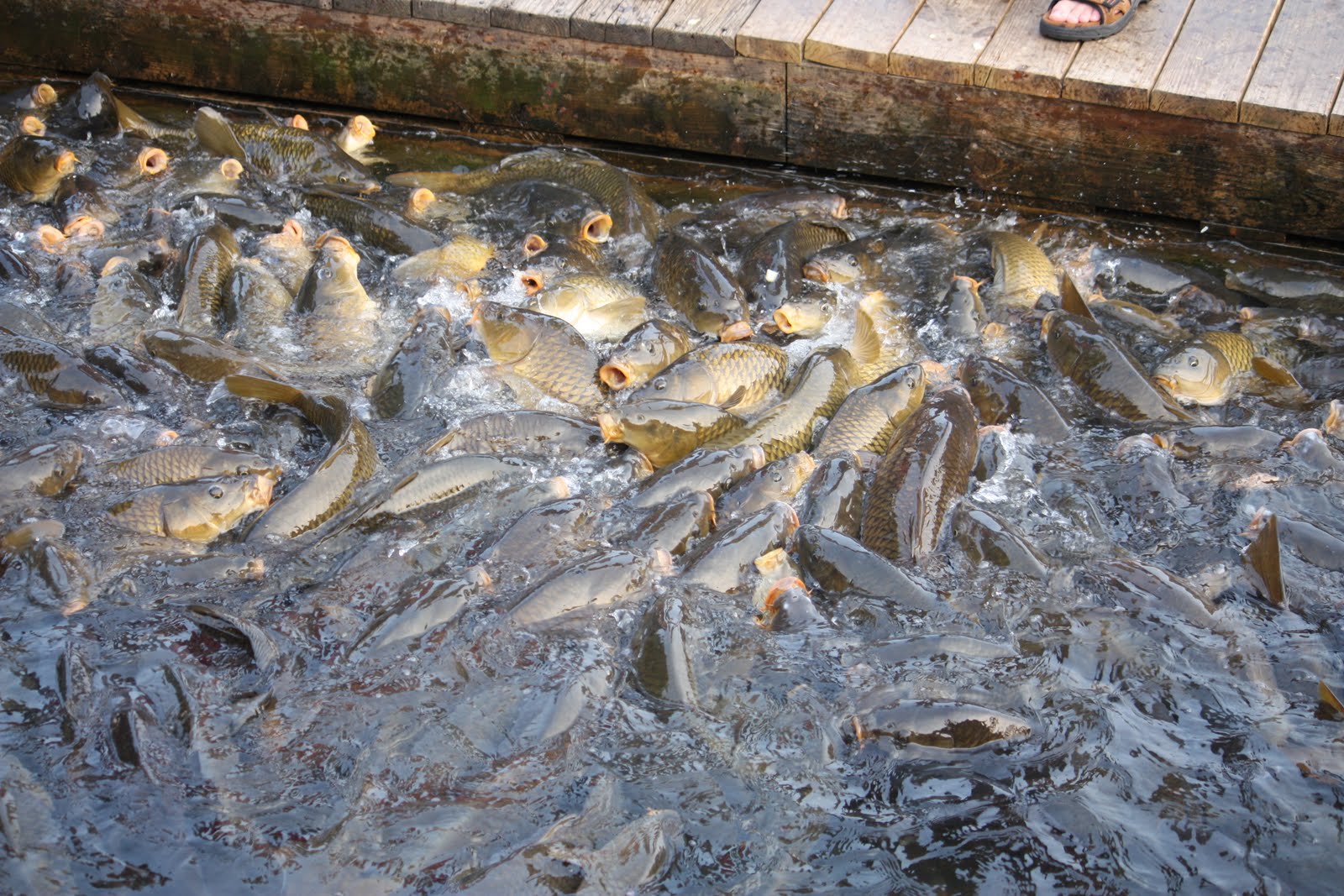Are you looking to create a thriving bass population in your pond? Growing big bass requires proper planning, management, and dedication. In this guide, we will explore the essential steps you need to take to ensure your bass reach their full potential in a pond environment.
1. Provide Adequate Habitat
Creating the right habitat is crucial for the growth and survival of bass in a pond. Bass require a mix of structures such as submerged vegetation, rocks, logs, and artificial habitats like brush piles or fish attractors to thrive. These structures provide shelter for bass to hide from predators and ambush their prey.
2. Stocking Strategy
When stocking bass in your pond, it is important to consider the size of the bass and the carrying capacity of the pond. Stocking too many bass can lead to stunted growth due to competition for resources. It is recommended to stock a balanced number of bass based on the size and productivity of your pond.

Credit: sweeneyfeeders.com
3. Proper Feeding
Feeding your bass a high-quality diet is essential for their growth. Bass are carnivorous fish and thrive on a diet of live prey such as fish, crayfish, and insects. You can supplement their diet with commercial fish feed to ensure they are getting all the necessary nutrients for optimal growth.
4. Water Quality Management
Maintaining good water quality is key to the health and growth of bass in a pond. Regular water testing and monitoring of parameters such as dissolved oxygen, pH, and ammonia levels are essential. Proper aeration and filtration systems can help maintain optimal water quality for bass growth.
5. Population Control
Monitoring the bass population in your pond is important to prevent overcrowding and ensure the growth of big bass. Implementing selective harvest practices where you remove smaller bass can help the remaining bass grow larger due to reduced competition for food and space.

Credit: m.youtube.com
6. Disease Prevention
Preventing diseases is crucial for the overall health of your bass population. Regularly inspect your bass for signs of illness, and quarantine new fish before introducing them to the pond to prevent the spread of diseases. Proper hygiene and biosecurity measures can help minimize the risk of disease outbreaks.
7. Monitoring and Maintenance
Regular monitoring of your pond and bass population is essential to ensure everything is in balance. Keep track of water quality parameters, fish behavior, and growth rates to make any necessary adjustments to your management practices. Maintenance tasks such as vegetation control and habitat maintenance should also be part of your routine.
8. Patience and Persistence
Growing big bass in a pond is a long-term commitment that requires patience and persistence. It takes time for bass to reach their full potential, so don’t expect overnight results. By following proper management practices and staying dedicated to the health of your bass population, you can grow big bass in your pond successfully.
Implementing these strategies can help you create an ideal environment for growing big bass in your pond. With the right habitat, stocking practices, feeding regimen, water quality management, and disease prevention measures, you can maximize the growth potential of your bass population. Remember, growing big bass takes time and effort, but the rewards of seeing healthy, thriving bass in your pond make it all worthwhile.

